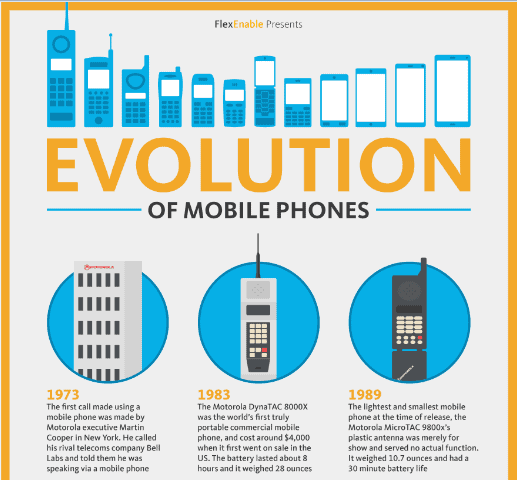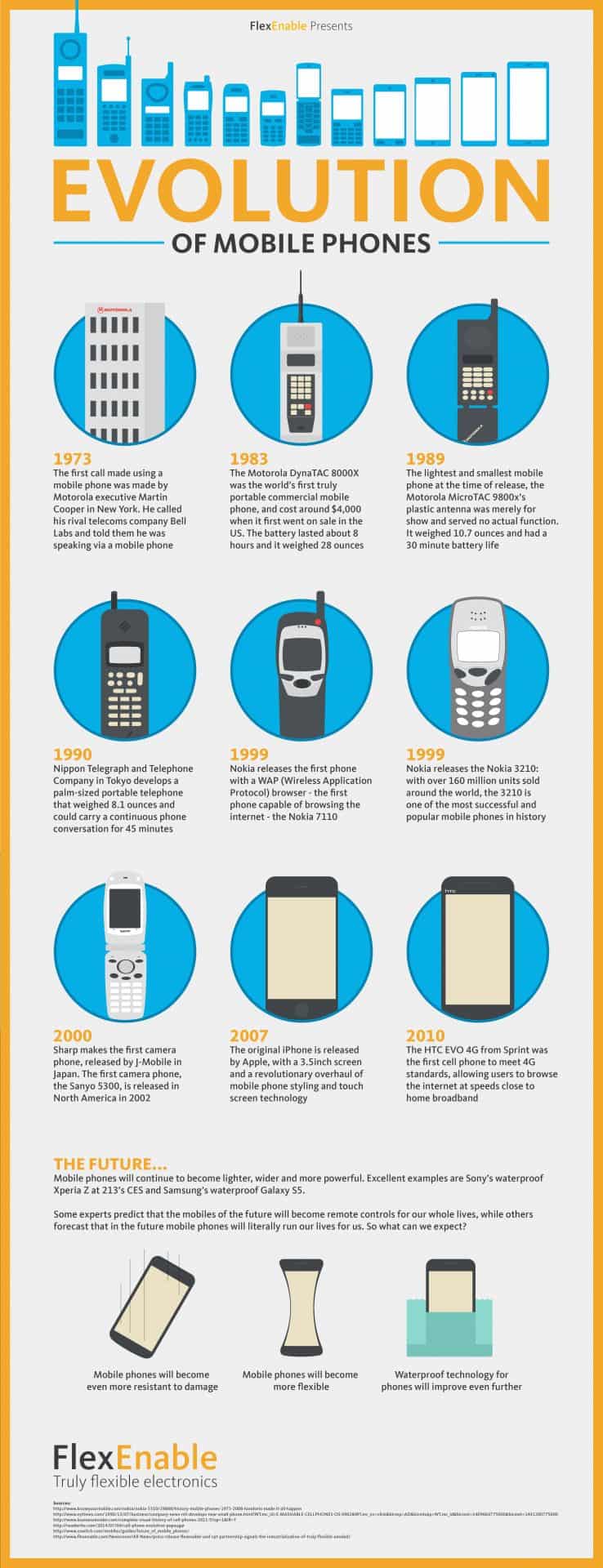
Mobile phones have come a long way since the first call was made by Motorola executive Martin Cooper in 1973. Back then, mobile phones were heavy devices with little battery power and a hefty price tag. This meant that these devices were a status symbol of the affluent elite who could afford to spend the $1000 on these luxury devices. Those clunky, expensive and inconvenient machines have transformed over the years into the sleek companions we treasure today.
From flip phones to the beloved Nokias of the 1990s, mobile phones have completely changed over the years: their only function back in 1973 was making calls, and now communication technology has become so advanced that we don’t need to use them for actual phone calls all that often. With the widespread infatuation with iPhone and Apple branding, we have incorporated mobile devices into our everyday existence to complete tasks like ordering food, checking our bank accounts, taking high-quality photographs and interacting with friends on social media. So where do we go from here? With new innovations, mobile phones are poised to become more resistant, flexible and water-resistant. Models such as the Sony Xperia Z and Samsung Galaxy S5, which have just been introduced to the market, are ushering in a new trend of waterproof technology – one of the biggest downsides to smartphones up until now.
What will be next? What will the smartphones of the future look like? Sensor technology, gesture recognition, augmented reality – these are all buzzwords surrounding current mobile development and it is likely that we will see more of that very soon.
Want to know more about this fascinating story of technology, discovery and innovation? This infographic, created by flexible technology company FlexEnable, takes you on a journey from the beginning of the mobile revolution into the future.
This infographic is courtesy of Flexenable, presided by Indro Mukerjee – a leading producer in flexible electronics technology.
